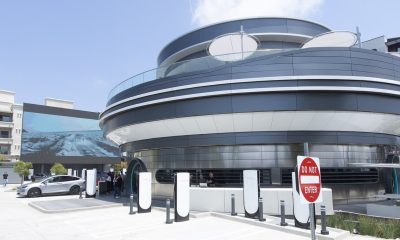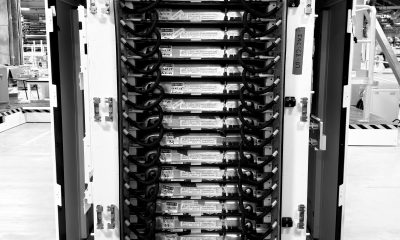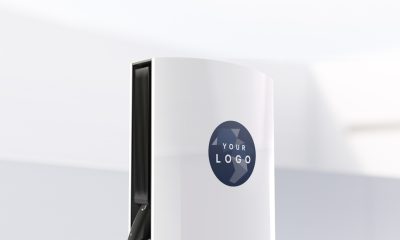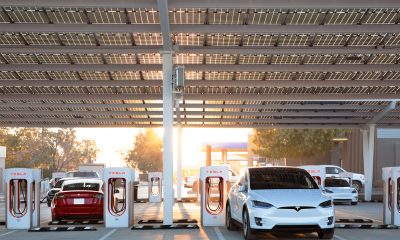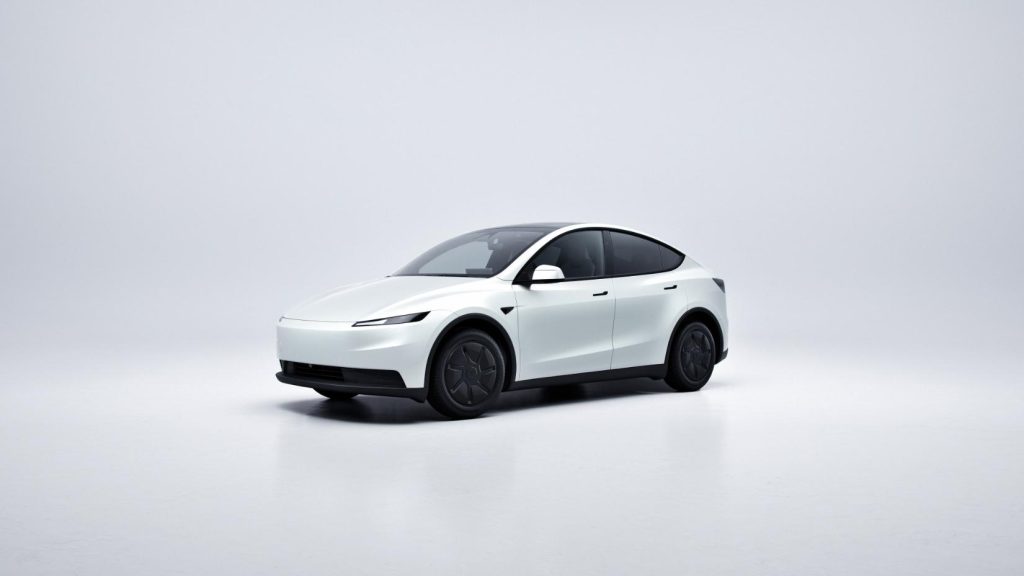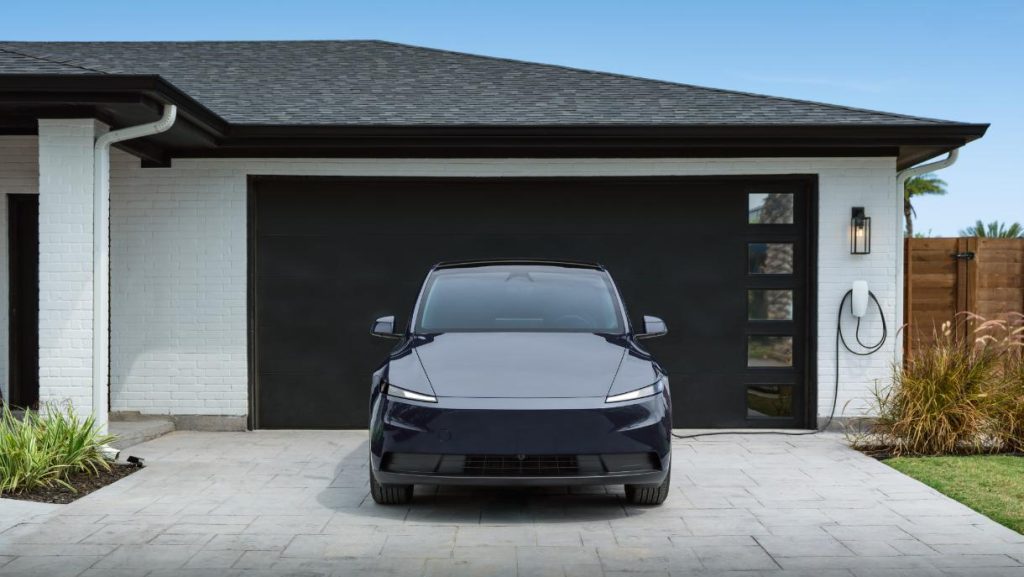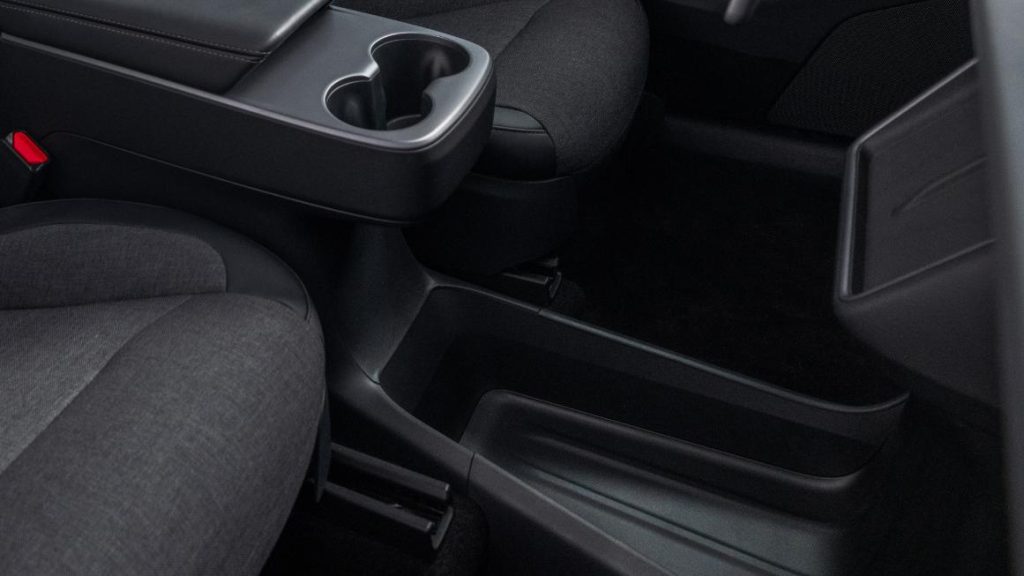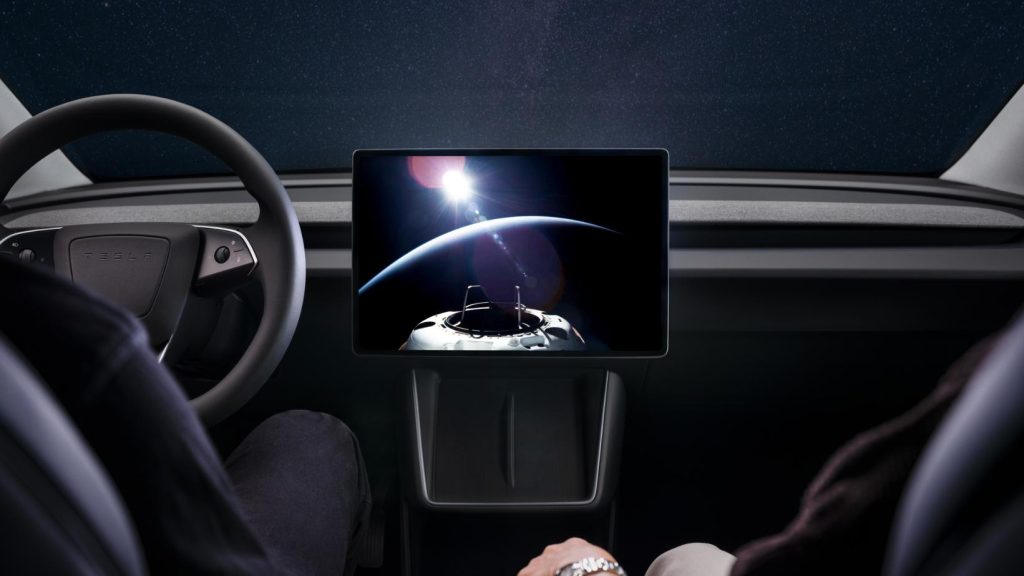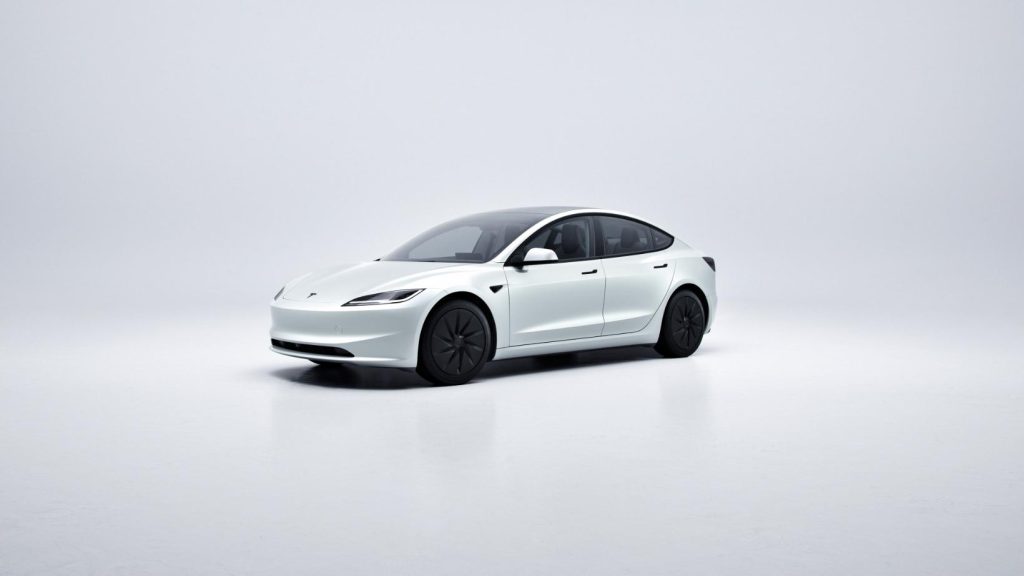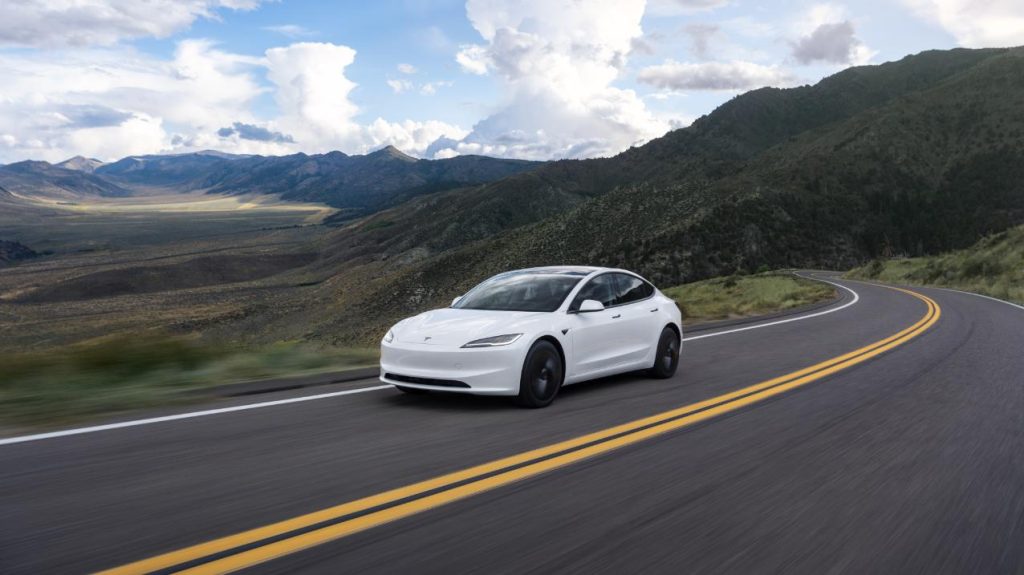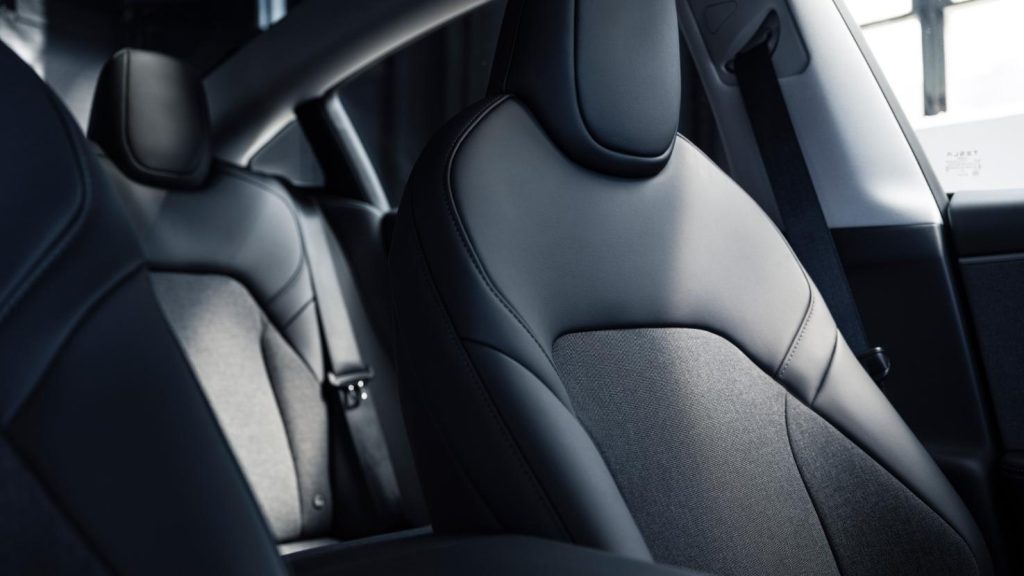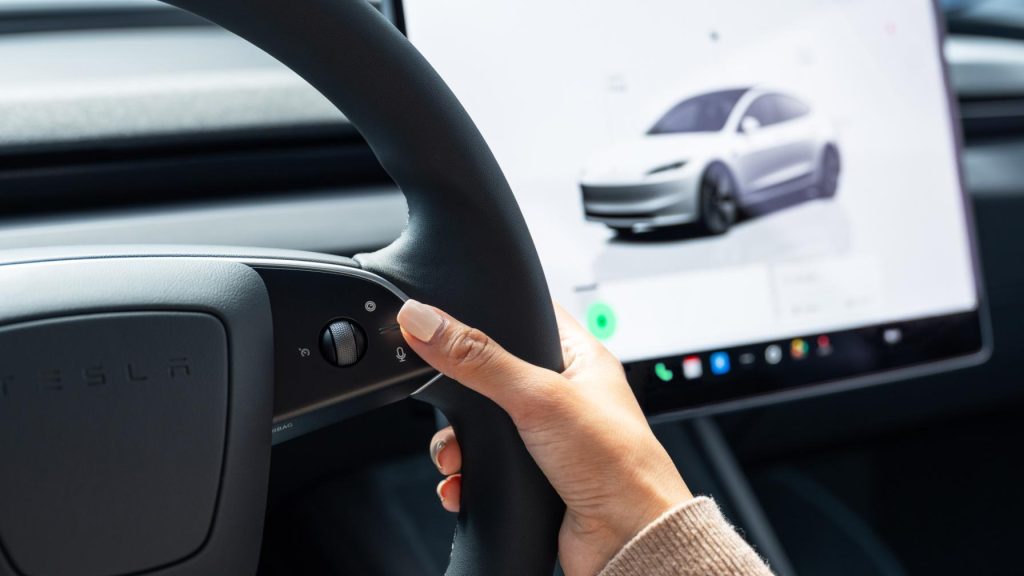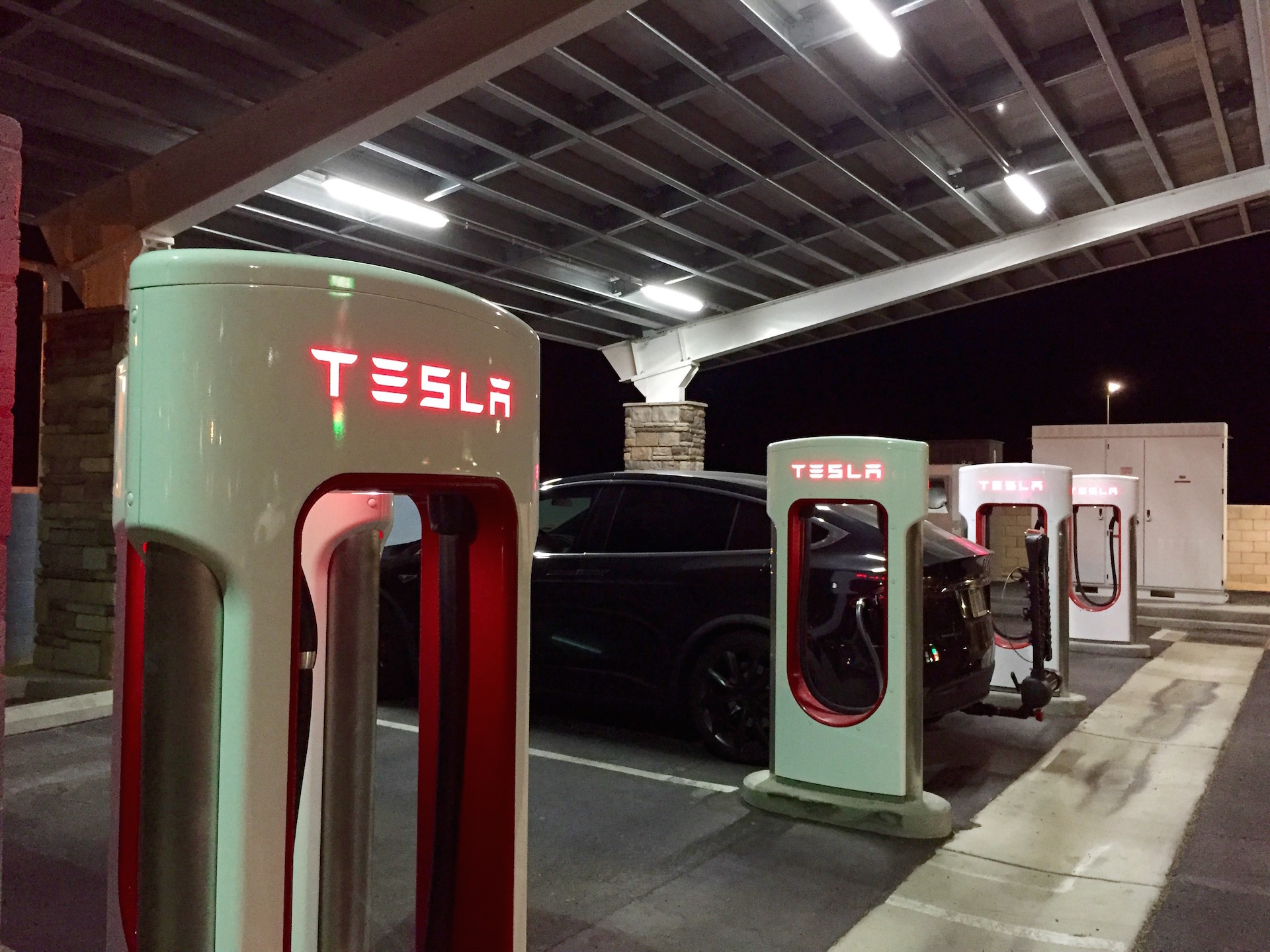
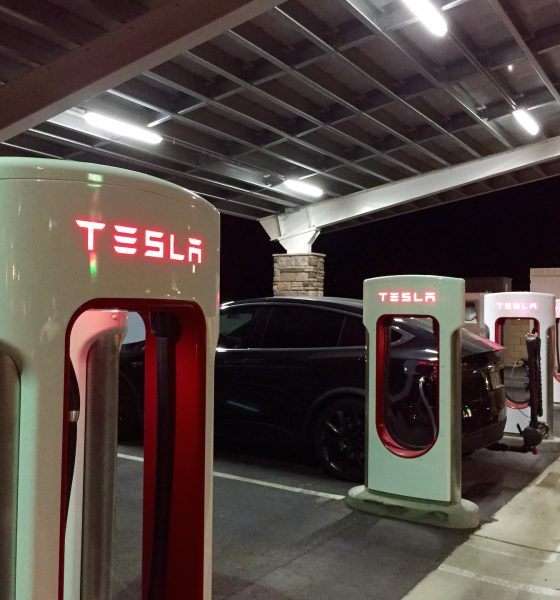
News
Tesla announces new Supercharger pricing model: fee per kWh and tiered by power
Tesla has announced an update to its Supercharger program that involves a new pricing model billed per kilowatt-hour or through a two-tiered pricing structure that will be based on charging power and duration of use, depending on region-specific regulations.
Though the preferred pricing model is billed per kilowatt-hour, says Tesla through its blog post, some regions prevent non-utility companies from selling energy to consumers. In these instances, Tesla will charge a Supercharger fee billed per minute of use as opposed to by the kilowatt-hour. Vehicles that charge at or below 60 kW will fall into “tier 1” and billed at half the cost of “tier 2”. Tesla cars charging above 60 kW will fall under the “tier 2” pricing structure.
Today’s update to Tesla’s Supercharger program follows a recent announcement made by the Silicon Valley-based electric car company that it will impose a $.40 per minute idle fee on vehicles that remain plugged in after it has already reached its charging limit.
“We designed the Supercharger network to enable a seamless, enjoyable road trip experience. Therefore, we understand that it can be frustrating to arrive at a station only to discover fully charged Tesla cars occupying all the spots. To create a better experience for all owners, we’re introducing a fleet-wide idle fee that aims to increase Supercharger availability.”, said Tesla through a press release last month.
All Tesla vehicles ordered after January 15, 2017 will continue to receive 400 kWh of free Supercharger credits per year, which is equivalent to approximately 1,000 miles of long-distance driving. Any usage exceeding 400 kWh will incur a usage fee that will either be charged per kilowatt-hour or by the minute. Rates within North America will vary by state or province, while Tesla Supercharger use overseas will incur a fixed rate set by country.
Tesla notes that it does not intend to profit from the new fee structure. Rather, the company is only looking to recover a portion of the costs and set up a fair system for everyone.
Example of Supercharger fees by state
- California – $0.20 per kWh
- Connecticut
- $0.26 per minute for tier 2
- $0.13 per minute for tier 1
- Florida – $0.13 per kWh
- Georgia
- $0.16 per minute for tier 2
- $0.08 per minute for tier 1
- Massachusetts – $0.22 per kWh
- New Jersey
- $0.20 per minute for tier 2
- $0.10 per minute for tier 1
- New York – $0.19 per kWh
- Pennsylvania
- $0.20 per minute for tier 2
- $0.10 per minute for tier 1
We’ve provided Tesla’s full announcement below, which also includes a link to the full list of charging fees by region.
Building the Supercharger Network for the Future
Tesla created the Supercharger network to make long-distance travel a seamless experience for drivers. Cars have always represented independence and the freedom to travel wherever and whenever people want to go. To enable this freedom, building a charging network that provides quick, convenient, and long-distance travel is critical to the adoption of electric vehicles. One of our top priorities this year is to significantly increase capacity of our Supercharger network.
In November, we announced a change in the Supercharger program that allows us to reinvest in the network, accelerate its growth, relieve congestion, and bring all Tesla owners, current and Model 3, the best Supercharging experience. Tesla Model S and Model X cars ordered after January 15, 2017 will receive 400 kWh (kilowatt-hour) of free Supercharging credits (roughly 1,000 miles) annually on the anniversary of their delivery. We carefully considered current Supercharger usage and found that 400 kWh covers the annual long-distance driving needs of the majority of our owners. As a result, most owners will continue to enjoy the benefits of Supercharging on road trips at no additional cost.
If customers travel beyond their annual credit, they will be charged a small fee to Supercharge. In North America, pricing is fixed within each state or province; overseas, pricing is fixed within each country. In most regions, Tesla owners will pay per kWh as it’s the fairest way to pay for the exact energy used. However, due to local regulations, in several regions we will charge per minute of usage instead, though we are actively working with regulators to update the rules. What’s important is that in every region, Supercharging will remain simple, seamless and always significantly cheaper than gasoline. We are only aiming to recover a portion of our costs and set up a fair system for everyone; this will never be a profit center for Tesla. Customers can just plug in, charge up, and access their charging history on our website.
To put the affordability of Supercharging into perspective, customers will pay about $15 for a road trip from San Francisco to Los Angeles, about $120 from Los Angeles to New York, about €60 from Paris to Rome, and about ¥400 from Beijing to Shanghai.
We are excited to continue the expansion of the world’s fastest and most sophisticated charging network. Additional program details are available here.
News
Tesla Cybertruck gets Full Self-Driving v14 release date, sort of
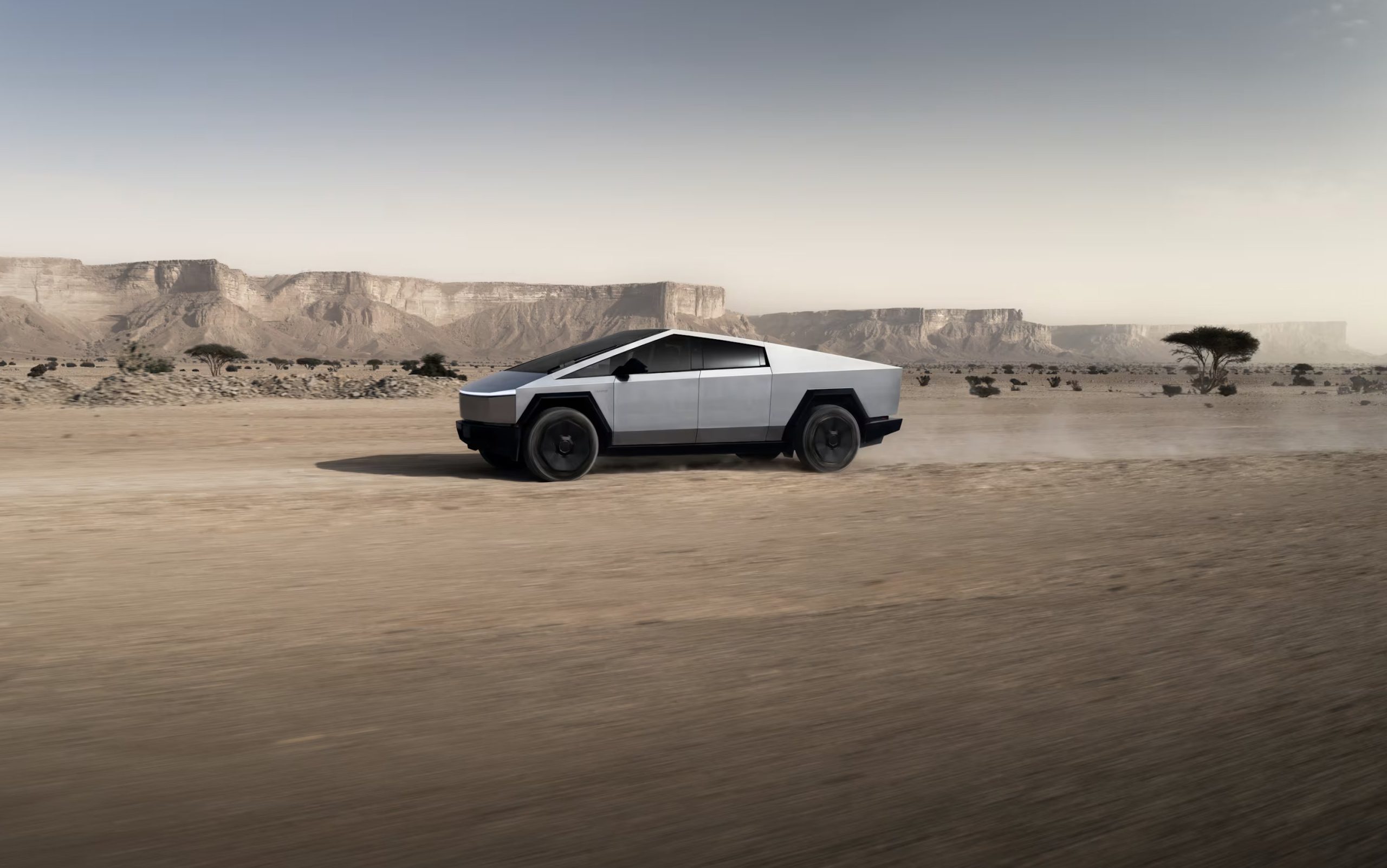
Tesla Cybertruck owners are wondering when they will get access to the company’s Full Self-Driving version 14.1 that rolled out to other owners today for the first time.
Cybertruck owners typically receive Full Self-Driving updates slightly later than other drivers, as the process for the all-electric pickup is different. It is a larger vehicle that requires some additional attention from Tesla before FSD versions are rolled out, so they will be slightly delayed. CEO Elon Musk said the all-wheel steering technically requires a bit more attention before rollout as well.
The all-wheel steering of Cybertruck requires a bit more Autopilot training
— Elon Musk (@elonmusk) October 7, 2025
After some owners got access to the v14.1 Full Self-Driving suite this morning, Cybertruck owners sought out a potential timeframe for when they would be able to experience things for themselves.
Tesla owners show off improvements with new Full Self-Driving v14 rollout
They were able to get an answer from Ashok Elluswamy, Tesla’s Head of AI, who said:
“We got you. Coming soon.”
We got you. Coming soon.
— Ashok Elluswamy (@aelluswamy) October 7, 2025
The release of FSD v14.1 for Cybertruck will not be tempered, either. Elluswamy then confirmed that Tesla would be rolling out the full-featured FSD v14 for the pickup, meaning it would be able to reverse and park itself, among other features.
Elluswamy said it would be capable of these features, which were void in other FSD releases for Cybertruck in the past.
Tesla’s rollout of FSD v14.1 brings several extremely notable changes and improvements to the suite, including more refined operation in parking garages, a new ability to choose parking preferences upon arriving at your destination, a new driving mode called “Sloth,” which is even more reserved than “Chill,” and general operational improvements.
Those who were lucky enough to receive the suite have already started showing off the improvements, and they definitely seem to be a step up from what v13’s more recent versions were capable of.
CEO Elon Musk called v14 “sentient” a few weeks back, and it seems that it is moving toward that. However, he did state that additional releases with more capabilities would be available in the coming weeks, but many owners are still waiting for this first version.
News
Tesla launches two new affordable models with ‘Standard’ Model 3, Y offerings
It is the first time Tesla has revealed any details about what it planned to launch in terms of its new, lower-cost vehicles, which are mainly aimed at countering the loss of the $7,500 EV tax credit.
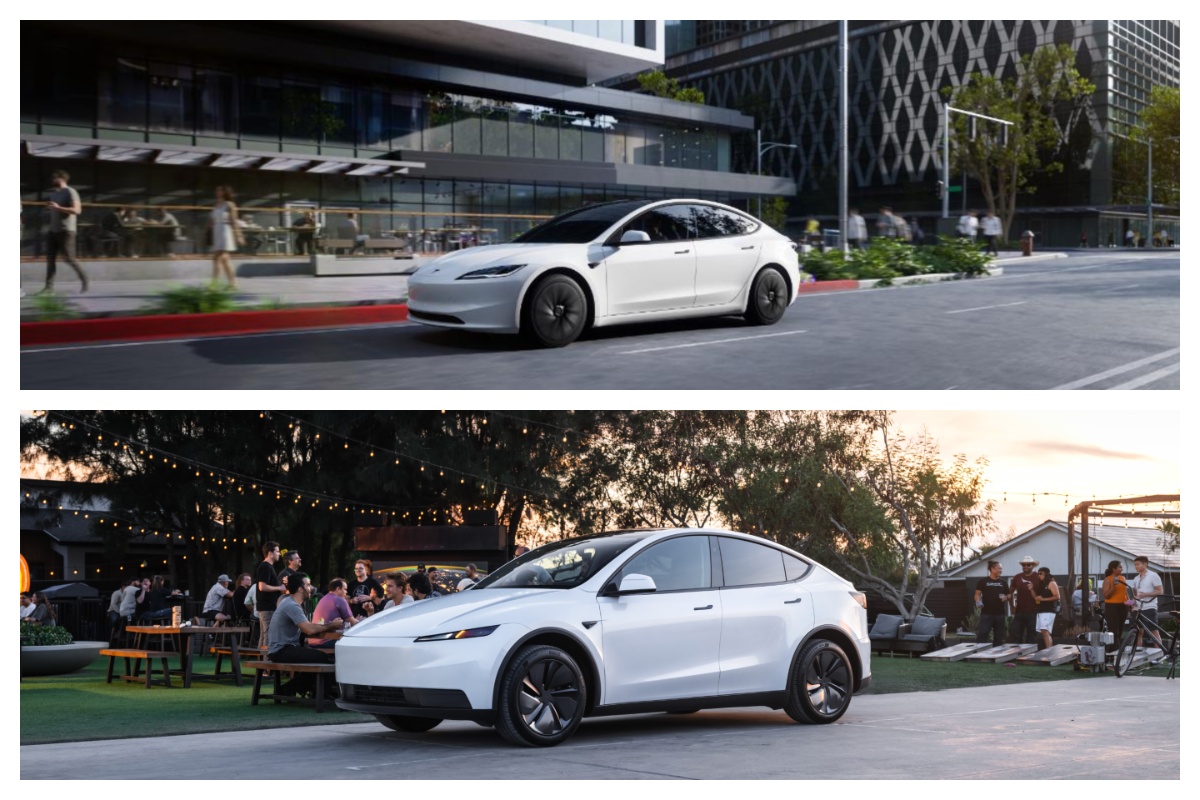
Tesla has officially launched its affordable models with the new Model 3 and Model Y ‘Standard’ versions hitting the company’s Online Design Studio on Tuesday.
It is the first time Tesla has revealed any details about what it planned to launch in terms of its new, lower-cost vehicles, which are mainly aimed at countering the loss of the $7,500 EV tax credit.
Here’s what Tesla went with for its release of the new affordable models.
Tesla Model Y ‘Standard’
The Model Y Standard is a stripped-down version of the all-electric crossover and starts at $39,990.
- Credit: Tesla
- Credit: Tesla
- Credit: Tesla
- Credit: Tesla
Deliveries are slated for November and December, the company says if you plan to order one, and it comes with a few major changes to improve efficiency and bring down cost for owners.
- New athletically tuned exterior and new alloy wheels to improve aerodynamics
- 15.4″ touchscreen in the front, the same as the other trims
- Available in three colors: Stealth Grey (free), White ($1,oo0 extra), Diamond Black ($1,500 extra)
- Textile and vegan leather interior
- Range sits at 321 miles
- New front fascia
- Covered glass roof (textile on inside)
- Windows are not acoustically laminated for a quieter cabin
- Manual mirrors and seats
- Smaller frunk
- No rear infotainment screen
- No basic Autopilot
- 69 kWh battery
- New 19″ Aperture wheels
- 0-60 MPH in 6.8 seconds
- 7 speaker stereo, down from 15 speakers in premium models
🚨 BREAKING: Tesla has launched the new Model Y ‘Standard’ for $39,990
Here’s what’s new: 🧵 pic.twitter.com/ILxbEsEniX
— TESLARATI (@Teslarati) October 7, 2025
Tesla Model 3 ‘Standard’
The Model 3 Standard was a surprise offering from Tesla, as many had only anticipated the company to refine and offer a more affordable version of the Model Y.
Coming in at $36,990, it features many of the same changes Tesla made with the Model Y “Standard,” all ways to improve price and make it less flashy than the more premium offerings.
Deliveries are also slated for November for this vehicle, and it features relatively the same stripped-down offerings as the Model Y Standard.
- Available in three colors: Stealth Grey (free), White ($1,oo0 extra), Diamond Black ($1,500 extra)
- Textile and vegan leather interior
- Range sits at 321 miles
- Covered glass roof (textile on inside)
- Manual mirrors and seats
- No rear infotainment screen
- No basic Autopilot
- 69 kWh battery
- New 19″ Aperture wheels
- 0-60 MPH in 6.8 seconds
- 7 speaker stereo, down from 15 speakers in premium models
@teslarati 🚨 Tesla’s Affordable Models are here! Let’s talk about them! #tesla #fyp #viral #teslaev #elonmusk ♬ Natural Emotions – Muspace Lofi
Elon Musk
Tesla owners show off improvements with new Full Self-Driving v14 rollout
Some of the big things that Tesla faced head-on with the development and release of v14 were navigating in parking garages and handling parking after arriving at a destination.
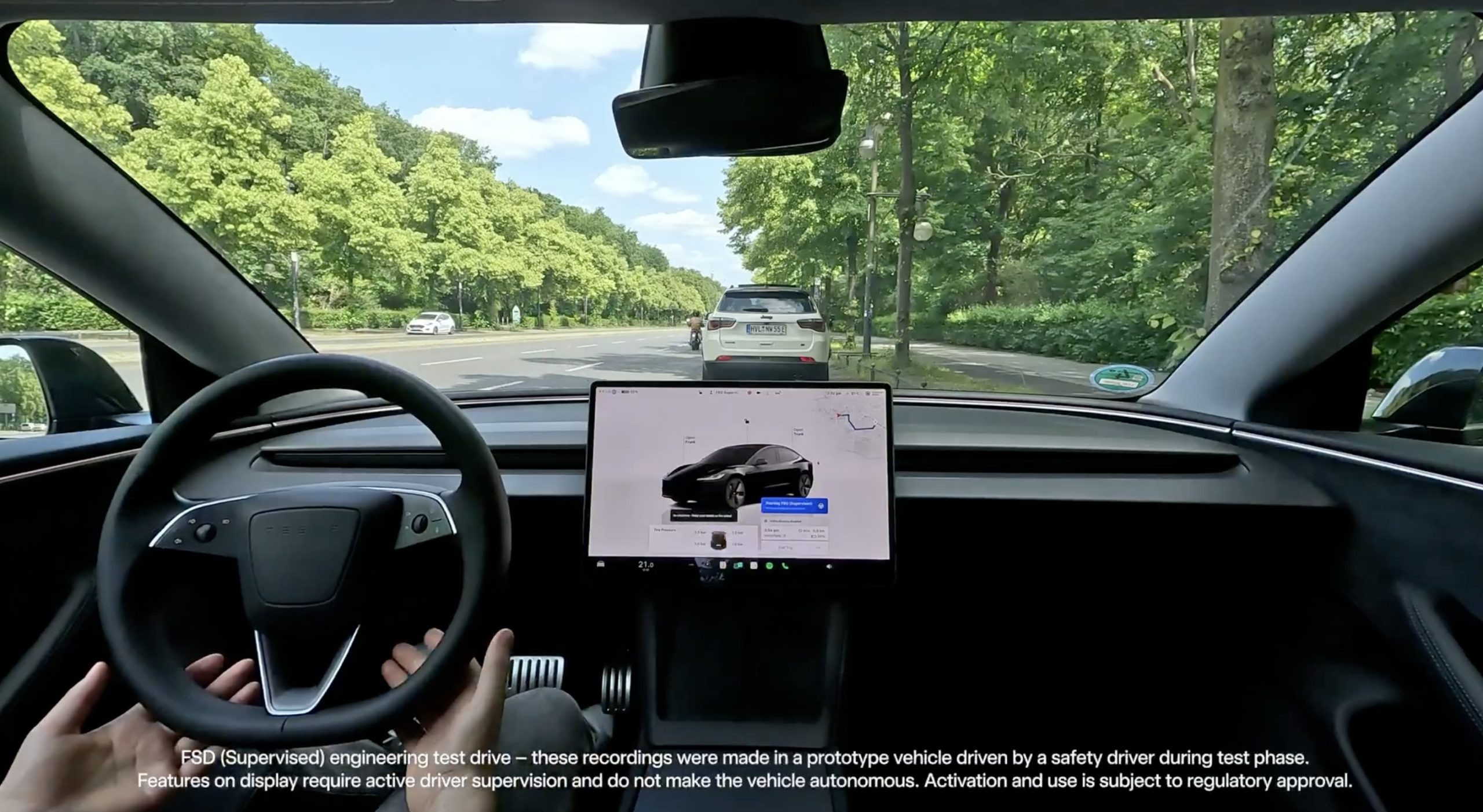
Tesla owners with access to the company’s Full Self-Driving new version, v14, which rolled out on Tuesday morning, are showcasing some of the very impressive improvements that have arrived.
CEO Elon Musk called v14 “sentient” a few weeks ahead of its rollout, claiming the newest iteration of the company’s Full Self-Driving platform would be the most accurate to date.
Tesla FSD (Supervised) V14.1 with Robotaxi-style dropoffs is here
It was obvious this narrative had Tesla owners keeping their expectations high, as there were very evidently things that needed to be improved upon that were present in v13. I wrote about several improvements I was hoping to see, and based on the release notes for v14, Tesla did have these things in the works already.
Some of the big things that Tesla faced head-on with the development and release of v14 were navigating in parking garages and handling parking after arriving at a destination.
Tesla said it was working to increase the capabilities of Summon within parking garages, as many owners believe that is where it would be the most beneficial.
While that does not appear to be part of this initial v14 rollout, it does seem Tesla is focused on improving the suite’s ability to navigate through these garages, including stopping for a ticket to enter the facility, finding a spot, and parking in an appropriate space.
It was evident this was a huge improvement based on one example from an owner who received v14:
FSD v14 navigates parking garages really well. Here’s a full clip of it leaving a parking spot, going through the garage, waiting for me to put the ticket in, and exiting.
Almost feels like it can read the signs above to go find the exit, with a complex garage here.@Tesla_AI pic.twitter.com/fv9j6LNcp6
— Zack (@BLKMDL3) October 7, 2025
If you look closely, you will even see the car shift slightly to the right when it arrives at the ticketing station, making it easier for the driver to hand over their ticket and payment. It then moves back out to the right when leaving to return to the center of the lane. It’s very intuitive.
Additionally, it appears to be more accurate when parking, thanks to improvements that enable owners to select the type of parking upon arrival at a destination.
In the v14.1 release notes, Tesla said that it has added “Arrival Options for you to select where FSD should park: in a Parking Lot, on the Street, in a Driveway, in a Parking Garage, or at the Curbside.”
One owner chose to navigate home and chose a garage to park in. Full Self-Driving performed it without any issues:
Not only can FSD 14.1 pull into my gravel driveway (no version before has done this) it can pull into the garage. pic.twitter.com/pweI5JKWHD
— Dirty Tesla (@DirtyTesLa) October 7, 2025
These are just two evident improvements so far, and there are likely many more on the way. The changes and fixes will be tracked by anyone with access to FSD v14 in the coming weeks.
-
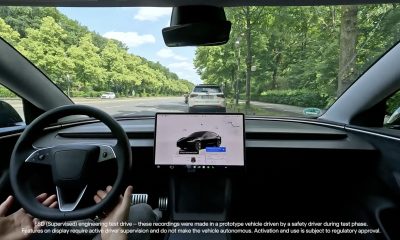
 Elon Musk2 weeks ago
Elon Musk2 weeks agoTesla FSD V14 set for early wide release next week: Elon Musk
-
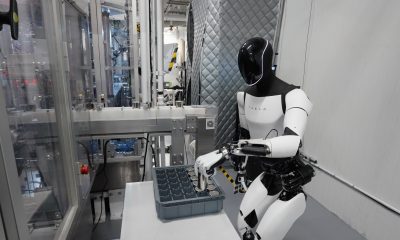
 News2 weeks ago
News2 weeks agoElon Musk gives update on Tesla Optimus progress
-
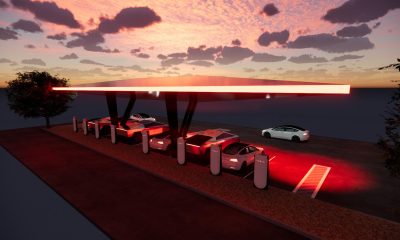
 News2 weeks ago
News2 weeks agoTesla has a new first with its Supercharger network
-
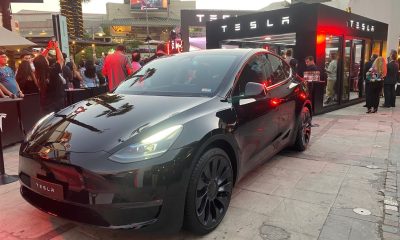
 News2 weeks ago
News2 weeks agoTesla job postings seem to show next surprise market entry
-
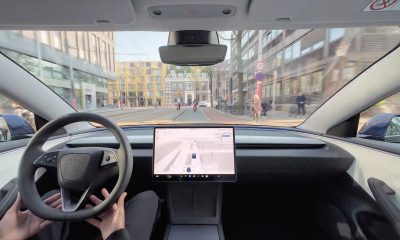
 Investor's Corner2 weeks ago
Investor's Corner2 weeks agoTesla gets new Street-high price target with high hopes for autonomy domination
-
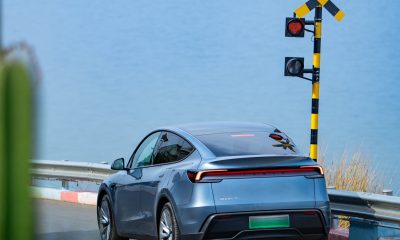
 Lifestyle1 week ago
Lifestyle1 week ago500-mile test proves why Tesla Model Y still humiliates rivals in Europe
-
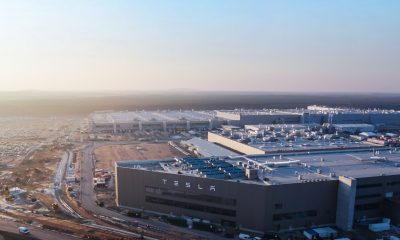
 News1 week ago
News1 week agoTesla Giga Berlin’s water consumption has achieved the unthinkable
-
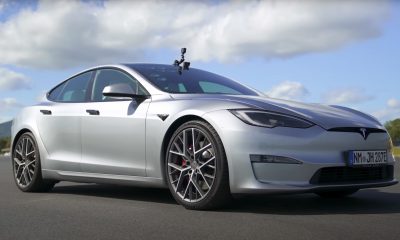
 Lifestyle1 week ago
Lifestyle1 week agoTesla Model S Plaid battles China’s 1500 hp monster Nurburgring monster, with surprising results


